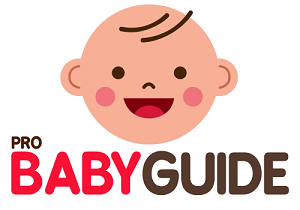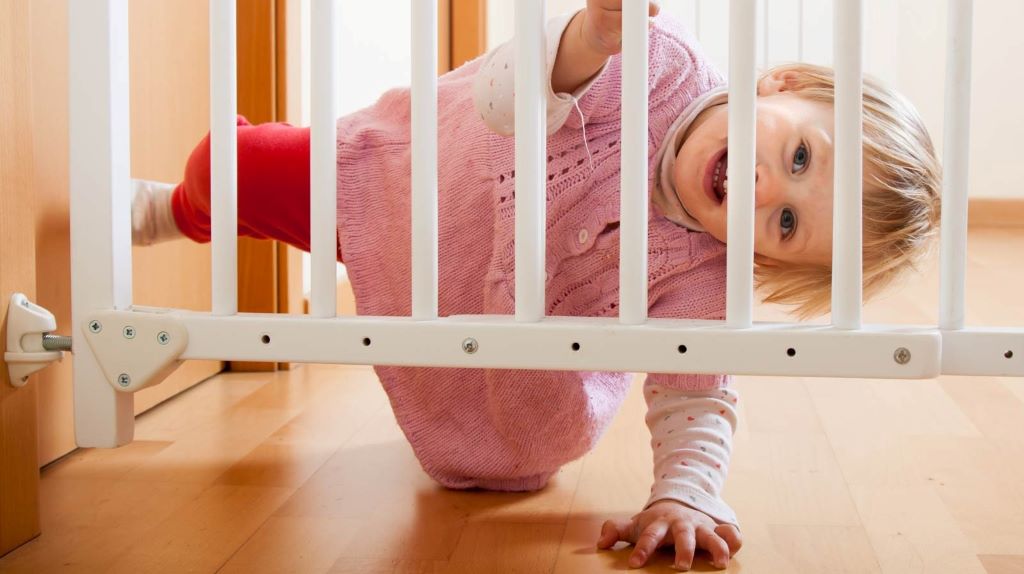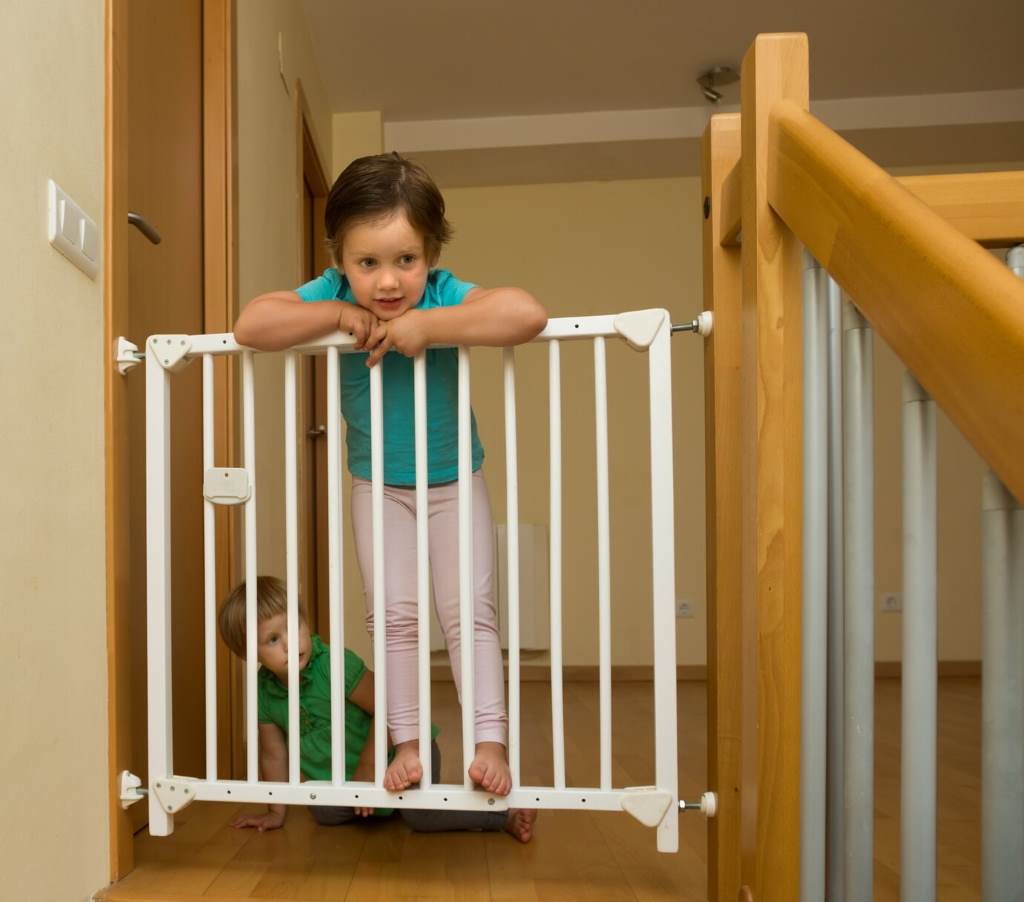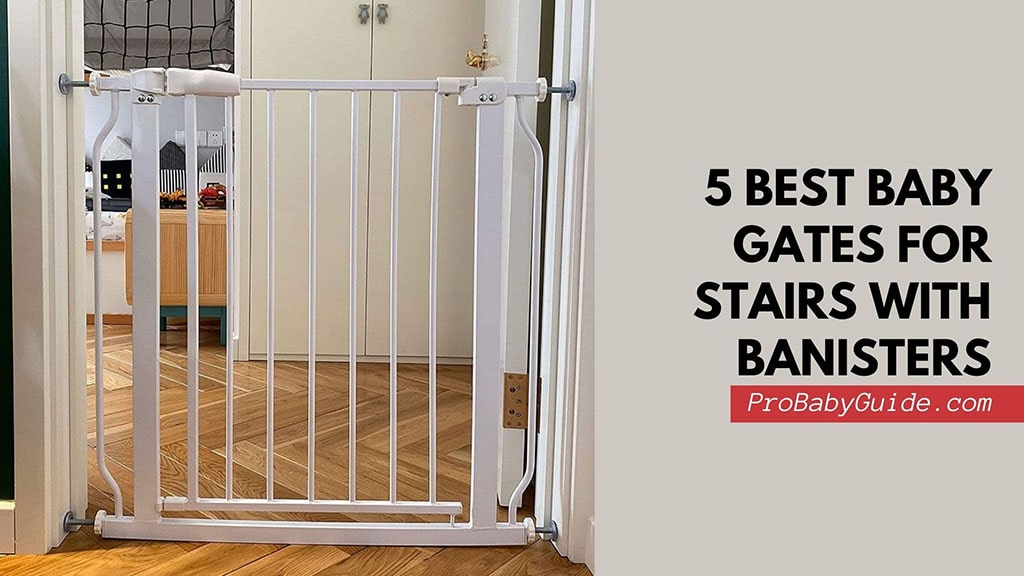Keeping your little one safe is a top priority, and baby gates play a crucial role in childproofing your home. Pressure-mounted gates are a popular choice for their ease of installation and versatility. But with so many options on the market, it can be overwhelming to choose the right one. This article breaks down the five must-have features to look for in a pressure-mounted baby gate in 2025, ensuring you make an informed decision for your family’s needs.
1. Secure Locking Mechanism:
This is the cornerstone of any good baby gate. A secure locking mechanism prevents your child from accidentally opening the gate and wandering into potentially hazardous areas. Look for gates with the following features:
- Double-locking system: This requires two separate actions to open the gate, making it more difficult for little hands to figure out.
- Visual indicator: A clear visual cue that shows whether the gate is securely locked or not provides peace of mind.
- Durable construction: The locking mechanism should be made of high-quality materials that can withstand the wear and tear of daily use. Avoid flimsy plastic parts that can break easily.
- One-handed operation: While a secure lock is crucial, you also need to be able to operate it easily with one hand, especially when you’re carrying your child or other items.
Tip: Regularly check the locking mechanism for any signs of wear and tear. If you notice any issues, replace the gate immediately.
2. ** Sturdy Construction and Material:**
A pressure-mounted gate relies on pressure to stay in place, so it’s crucial to choose one made from sturdy materials that can withstand the force exerted by a curious toddler. Consider the following:
- Heavy-duty metal or reinforced plastic: These materials offer superior strength and durability compared to lightweight plastic.
- Wide walk-through area: A wider gate provides more stability and prevents the gate from tipping over easily.
- Non-toxic finish: Ensure the gate’s finish is non-toxic and free from harmful chemicals like lead and BPA, especially if your child tends to mouth or chew on things.
- No pinch points: Check for any gaps or spaces where little fingers could get trapped.
Tip: Before installing the gate, test its sturdiness by gently pushing and pulling on it. It should remain firmly in place without wobbling or shifting.
3. Easy Installation and Adjustability:

Pressure-mounted gates are favored for their easy installation, but some are easier to install than others. Look for gates with the following features:
- Tool-free installation: The gate should be easy to install using only your hands, without requiring any additional tools.
- Clear instructions: Easy-to-understand instructions with diagrams make the installation process smoother.
- Adjustable width: Choose a gate that can be adjusted to fit various door openings or hallway widths.
- Rubberized bumpers: These protect your walls and door frames from scratches and marks caused by the pressure.
Tip: Measure your door opening carefully before purchasing a gate to ensure a proper fit.
4. Suitable Height and Design:
The height and design of the gate are crucial for preventing your child from climbing over or getting stuck. Consider these factors:
- Appropriate height: The gate should be tall enough that your child can’t climb over it. A general rule of thumb is that the gate should be at least three-quarters of your child’s height.
- Vertical bars: Vertical bars are generally safer than horizontal ones, as horizontal bars can act as a ladder for climbing.
- No footholds: Ensure the gate’s design doesn’t provide any footholds that could aid climbing.
- Consider your child’s age and development: A taller gate with a more complex locking mechanism might be necessary for older toddlers who are more determined to explore.
Tip: Regularly assess the gate’s height as your child grows. You may need to replace it with a taller one as they become more mobile.
5. Optional Features for Added Convenience:
Beyond the essential safety features, several optional features can enhance convenience and functionality:
- Swinging gate: A gate that swings open in both directions allows for easy walk-through access.
- Auto-close feature: This automatically closes the gate after you walk through, adding an extra layer of security.
- Hold-open feature: This allows you to keep the gate open when needed, such as when carrying groceries or entertaining guests.
- Indicator to show if the gate is properly closed: Some gates have an indicator that provides a visual cue if the gate isn’t completely latched.
- Modular design: Some brands offer extensions or different configurations to accommodate wider openings or create play yards.
Tip: Consider your lifestyle and needs when choosing optional features. While they add convenience, they might also increase the cost of the gate.
You Might Enjoy: DIY Painted Wooden Baby Gate: Personalize Your Nursery
Beyond the Features: Other Important Considerations
- Meeting Safety Standards: Ensure the gate meets the latest safety standards set by organizations like ASTM International. Look for certifications and safety markings on the product packaging.
- Read Reviews: Before purchasing, read online reviews from other parents to get real-world feedback on the gate’s performance and durability.
- Consider Placement: Think about where you’ll be placing the gate. Avoid placing it at the top of the stairs, as this poses a falling hazard.
- Supervision is Key: Remember that no babygate is a substitute for adult supervision. Always keep a watchful eye on your child, even with safety measures in place.
People Also Loved: When to Replace Your Pressure-Mounted Baby Gate: Safety Signs You Shouldn’t Ignore
By considering these must-have features and following the tips provided, you can confidently choose a pressure-mounted baby gate that provides both safety and convenience for your family. Remember that investing in a high-quality gate is an investment in your child’s safety and your peace of mind.




